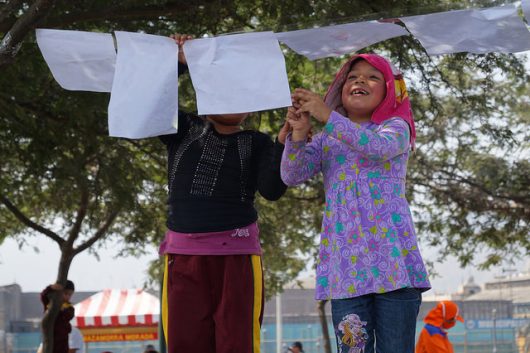The Cost of Living in Peru Versus the United States

In the United States, the first image of Peru that might come to mind is Machu Picchu or an equally stunning mountainous view. Stereotypes aside, those sorts of natural monuments mask the growing economy and standard of living in Peru.
Peru was listed as the 20th most free economy in the world as of 2015, progressing slightly slower than Chile, its southern neighbor. This is due to the decreasing value of copper, gold, silver and other major exports in Peru.
One characteristic of economic growth in poorer countries is that eventually places of historical and cultural values will begin to be preserved even at the expense of population growth or economic growth. For example, a new highway project in Lima was altered in order to prevent the destruction of a historical site.
Due to this growth, Peru is now in a sweet spot where the standard of living is decently high and the cost of living is low. Outside of Lima, $2,000 per month would cover one’s basic expenses. While living in Peru, international supermarkets cost more than grocery shopping at a local market. Interestingly enough, going out to eat at local restaurants often costs even less than shopping and cooking for oneself. You can get a three-course meal for three dollars at a local Picanteria.
One source puts costs of Peru and the United States against each other, and overall, consumer prices in Peru are 45.61% lower than in the United States. Paying rent is 60.37% lower than in the U.S. and paying for groceries is 50.71% lower than in the U.S. Living in Peru makes it easy to stick to a budget.
For anyone looking to retire in Peru, it’s possible to do so at $500 per month, though this makes extremely frugal living necessary. However, Peru is still one of the least expensive places to live in South America and one of the nicest.
– Ellen Ray
Photo: Flickr
